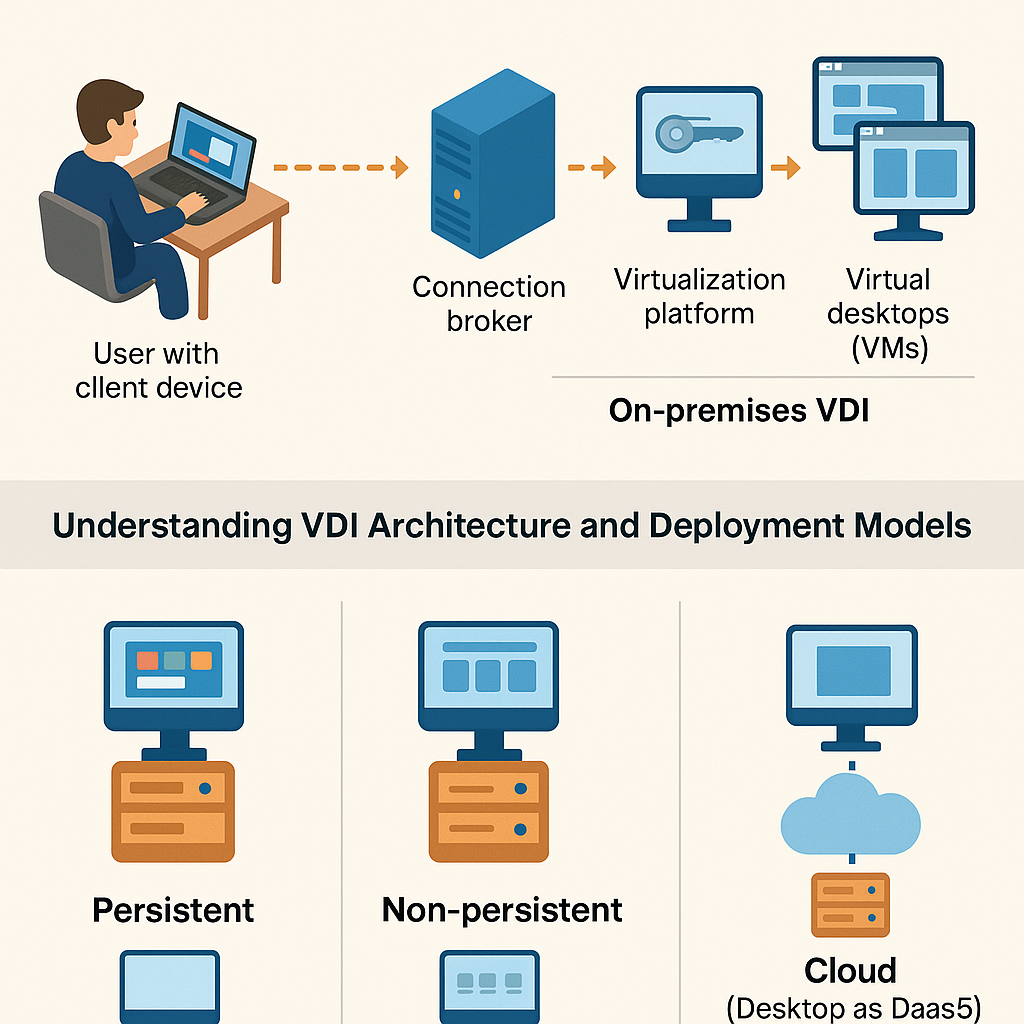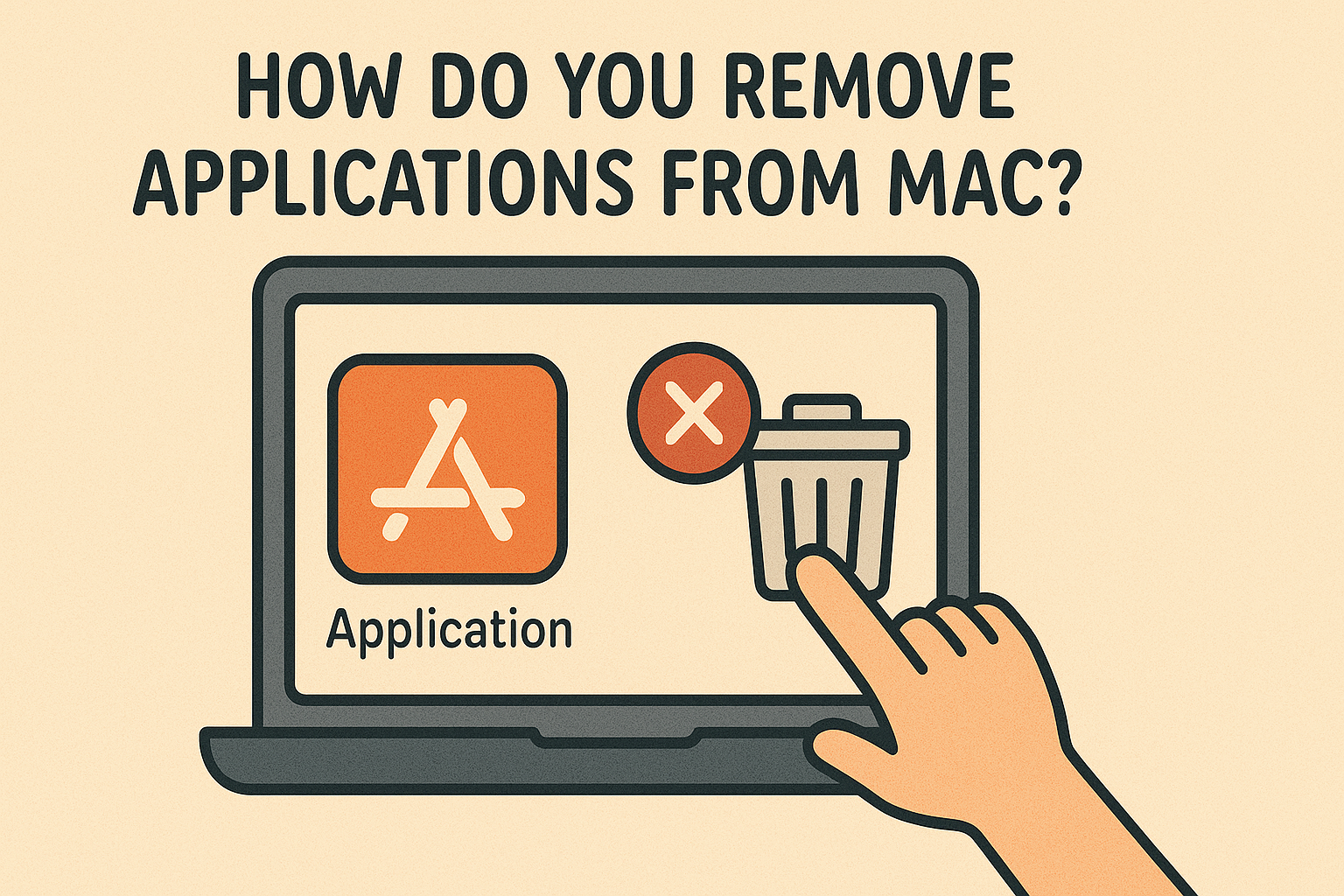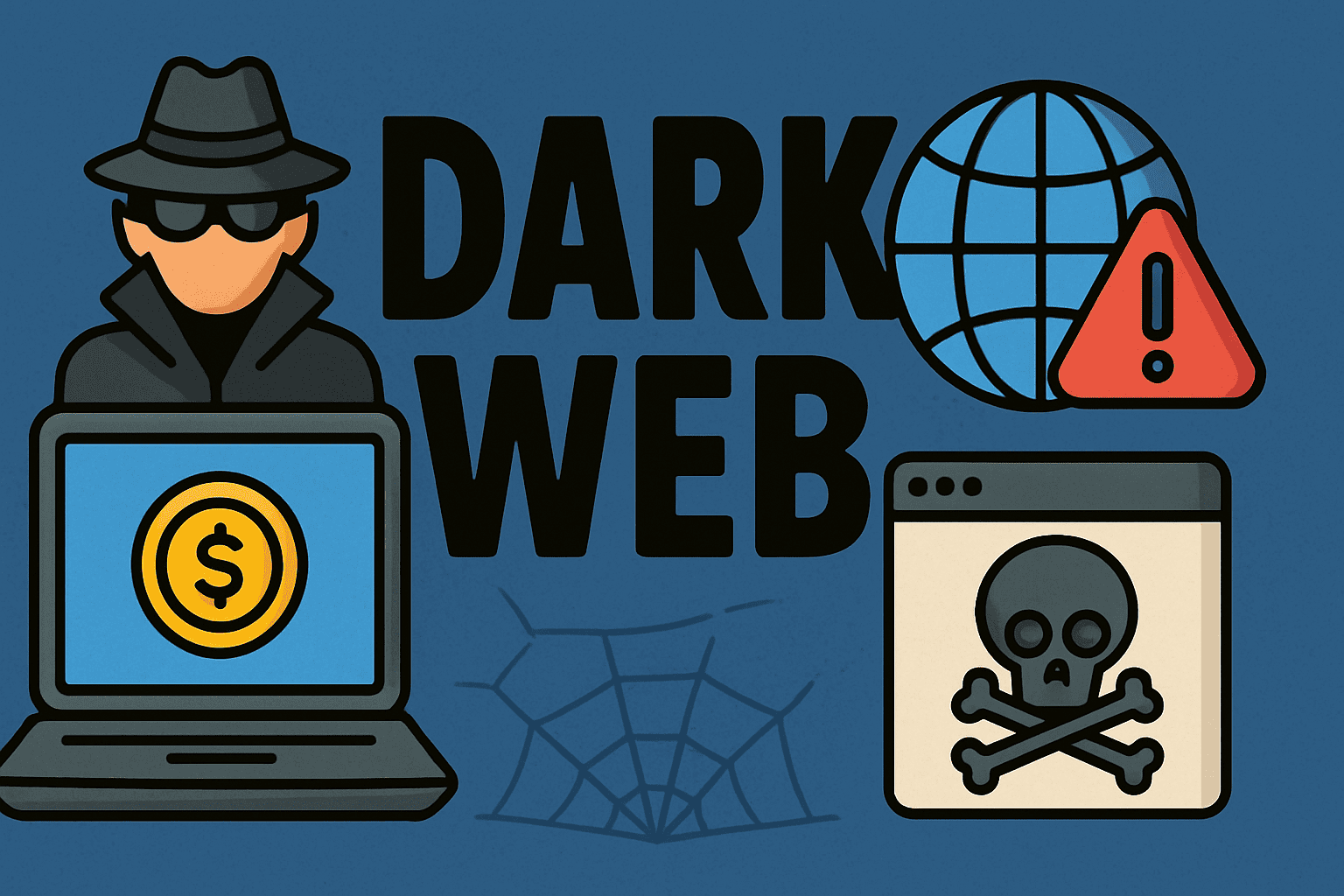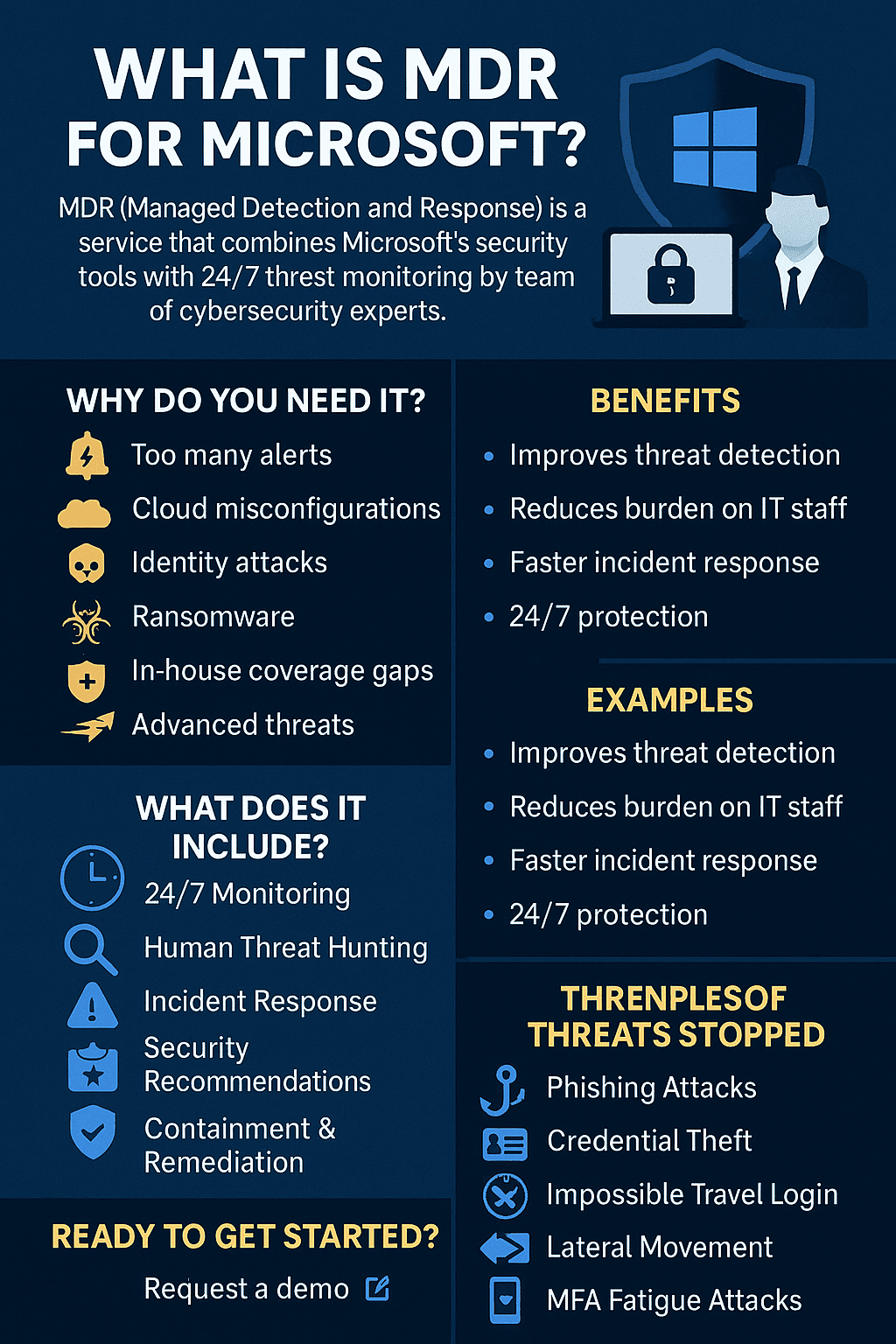What Is WiFi 6E? The Next Generation of Wireless Connectivity
Updated on October 7, 2025, by Xcitium
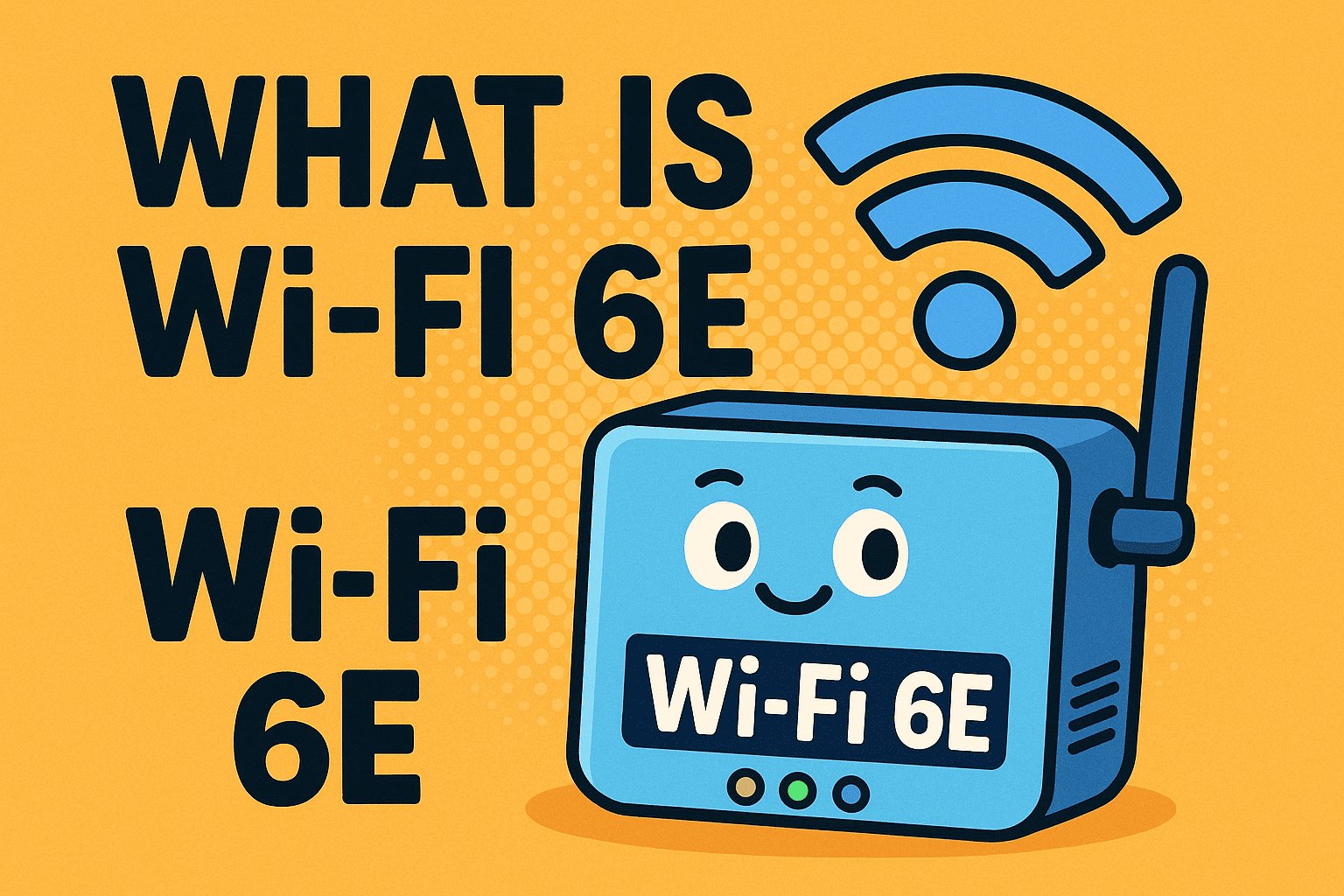
Have you ever wondered why your WiFi slows down in crowded spaces like offices, airports, or conferences? Traditional WiFi bands (2.4 GHz and 5 GHz) are increasingly congested. Enter WiFi 6E, the latest wireless standard designed to solve this problem. But what is WiFi 6E, and why should IT managers, CEOs, and cybersecurity professionals care?
Introduction: Why WiFi 6E Matters Today
WiFi 6E is an extension of WiFi 6 that operates on the newly opened 6 GHz frequency band. This means faster speeds, lower latency, and reduced interference—critical for businesses adopting cloud computing, IoT, and advanced security tools.
What Is WiFi 6E?
WiFi 6E stands for “WiFi 6 Extended.” It builds upon WiFi 6 (802.11ax) but adds access to the 6 GHz spectrum alongside the traditional 2.4 GHz and 5 GHz bands.
Key Features of WiFi 6E:
-
6 GHz Band Access – More bandwidth and less congestion.
-
Faster Speeds – Supports multi-gigabit connections.
-
Lower Latency – Perfect for video conferencing and real-time apps.
-
More Channels – Up to 14 additional 80 MHz channels or 7 extra 160 MHz channels.
-
Improved Security – Uses WPA3 encryption by default.
👉 In short: WiFi 6E delivers faster, more reliable, and more secure wireless connectivity—ideal for modern enterprises.
WiFi 6 vs WiFi 6E: What’s the Difference?
Many confuse WiFi 6 with WiFi 6E. Here’s a simple comparison:
| Feature | WiFi 6 | WiFi 6E |
|---|---|---|
| Frequency Bands | 2.4 GHz, 5 GHz | 2.4 GHz, 5 GHz, 6 GHz |
| Spectrum Congestion | Higher | Lower (new dedicated band) |
| Speed Potential | High | Even higher with wider channels |
| Latency | Low | Ultra-low (ideal for AR/VR) |
| Security | WPA3 optional | WPA3 required |
👉 Verdict: WiFi 6E is not a replacement for WiFi 6 but an enhancement that unlocks new possibilities.
Benefits of WiFi 6E for Businesses
Why should IT managers and business leaders adopt WiFi 6E?
1. Faster Speeds
-
Supports multi-gigabit WiFi, enabling seamless video calls, large file transfers, and cloud apps.
2. Reduced Congestion
-
The 6 GHz band provides clean airwaves, reducing interference in crowded environments.
3. Better Security
-
Mandatory WPA3 encryption enhances protection against cyberattacks.
4. Future-Proofing
-
Supports IoT, AR/VR, and next-gen enterprise applications.
5. Improved Productivity
-
Lower latency means real-time collaboration tools perform without disruption.
WiFi 6E in Cybersecurity and IT
Cybersecurity professionals must understand that WiFi 6E is not just faster—it’s more secure.
Security Advantages:
-
WPA3 Standard – Stronger encryption prevents brute-force attacks.
-
Reduced Legacy Support – Devices must support newer protocols, limiting older vulnerabilities.
-
Better Segmentation – Extra spectrum allows for isolated business-critical networks.
👉 For IT managers, WiFi 6E can reduce risks while simplifying compliance with frameworks like HIPAA, PCI DSS, and GDPR.
Challenges of Adopting WiFi 6E
Despite its advantages, WiFi 6E adoption comes with considerations:
-
Device Compatibility – Only newer devices support 6 GHz.
-
Infrastructure Costs – Requires WiFi 6E-enabled routers and access points.
-
Limited Range – Higher frequencies cover shorter distances than 2.4 GHz.
-
Regulatory Approval – Availability depends on government spectrum policies in each region.
Practical Applications of WiFi 6E
WiFi 6E is more than a technical upgrade—it enables real-world business transformations.
-
Enterprise Security Dashboards – Faster updates from SIEM and EDR tools.
-
Remote Workforces – Smooth video conferencing and cloud application access.
-
Healthcare – Reliable WiFi for connected medical devices.
-
Manufacturing & IoT – Supports thousands of connected devices simultaneously.
-
Finance & Banking – Secure, low-latency transactions.
How to Transition to WiFi 6E
For IT leaders considering migration, here’s a roadmap:
-
Audit Current Infrastructure – Identify devices and access points.
-
Upgrade Routers/Access Points – Invest in WiFi 6E-enabled hardware.
-
Train IT Teams – Ensure staff understands deployment and security.
-
Segment Networks – Use 6 GHz for critical apps and leave legacy devices on 2.4/5 GHz.
-
Monitor Performance – Use analytics and EDR solutions to measure improvements.
The Future of WiFi 6E and Beyond
WiFi 6E is just the beginning. Future wireless standards include:
-
WiFi 7 – Promises speeds up to 30 Gbps.
-
AI-Driven Network Management – Automated optimization for performance and security.
-
5G & WiFi Convergence – Seamless transitions between networks.
-
IoT Expansion – Billions of connected devices supported with minimal latency.
👉 Businesses that adopt WiFi 6E today will be better prepared for the next generation of wireless technology.
FAQs: What Is WiFi 6E?
1. What does WiFi 6E stand for?
WiFi 6E stands for WiFi 6 Extended, adding the 6 GHz frequency band to WiFi 6.
2. Do I need new devices to use WiFi 6E?
Yes, only devices with WiFi 6E support can access the 6 GHz band.
3. Is WiFi 6E faster than WiFi 6?
Yes, it offers more bandwidth and lower latency, especially in crowded environments.
4. Is WiFi 6E secure?
Yes, it requires WPA3 encryption, making it more secure than older standards.
5. Should businesses upgrade to WiFi 6E now?
Yes, if they rely on high-speed cloud applications, IoT, or need advanced security.
Conclusion: Why WiFi 6E Is a Game-Changer
So, what is WiFi 6E? It’s the extension of WiFi 6 into the 6 GHz spectrum, delivering faster speeds, lower latency, and stronger security. For IT managers, CEOs, and cybersecurity professionals, adopting WiFi 6E means future-proofing networks, improving productivity, and enhancing security compliance.
While infrastructure upgrades may be required, the benefits far outweigh the costs—especially as businesses move toward digital transformation and IoT adoption.
👉 Ready to strengthen your enterprise security while upgrading your infrastructure? Request a Demo Today


